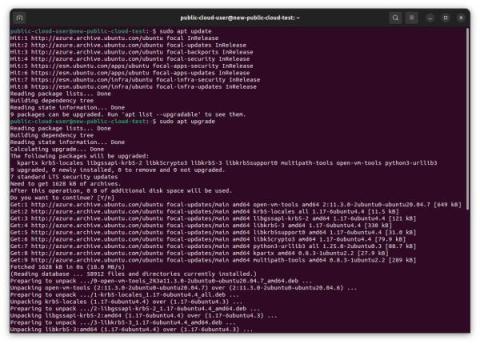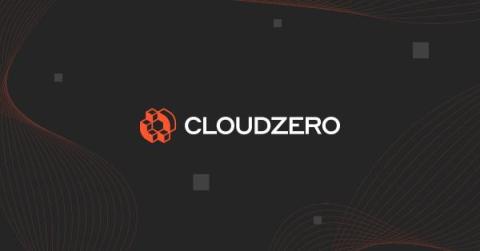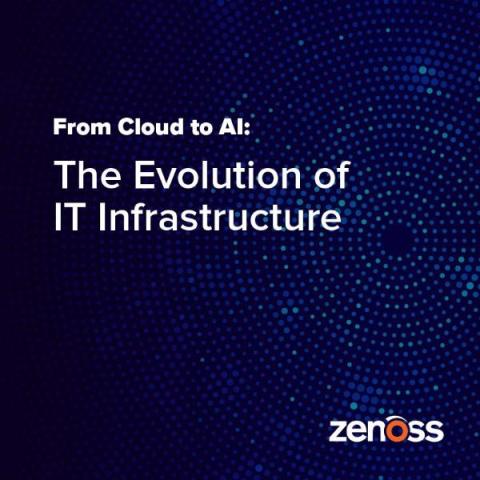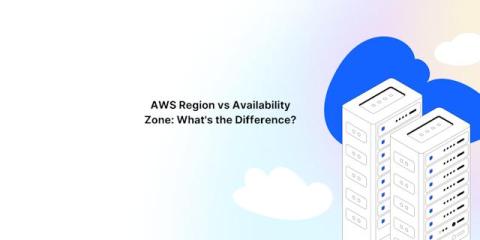Operations | Monitoring | ITSM | DevOps | Cloud
Latest News
Engineering-Led Optimization: How To Proactively Manage Cloud Costs Without Slowing Down Innovation
15 Crucial Azure Tools You Need To Know Now
Azure Integration Account Certificate Expiration Monitoring
5 Simple Steps to Reduce Your AWS S3 Bill
Understanding your AWS S3 billing is crucial to effectively manage and reduce your costs. Charges in AWS S3 are primarily based on three factors: the amount of data you store, the number of requests you make, and data transfer fees. Storage costs are calculated per gigabyte (GB) stored, which are tiered depending on the total size of your data. Requests costs are incurred with each put, get, or list operation on your objects, with prices varying based on the type of request.
From Cloud to AI: The Evolution of IT Infrastructure
3 Simple EC2 Strategies To Ensure Cost Efficiency
Microsoft Ignite 2023: Azure Monitor SCOM Managed Instance now available
The Limitations of Microsoft Teams
Microsoft Teams has emerged as a cornerstone of modern workplace collaboration, offering a suite of tools designed to streamline communication and project management. Despite its widespread adoption, it’s crucial to acknowledge that no platform is without its limitations. Understanding these constraints is essential for organizations to navigate potential roadblocks effectively and make informed decisions about their communication infrastructure.









